We’re excited to introduce you to the always interesting and insightful Erika Diamond. We hope you’ll enjoy our conversation with Erika below.
Erika, thanks for joining us, excited to have you contributing your stories and insights. We’d love to hear about a project that you’ve worked on that’s meant a lot to you.
The most meaningful project I’ve worked on is an ongoing project called “Imminent Peril – Queer Collection”. Since, 2018, I’ve been making fashionable safety vests using bulletproof kevlar material for this collection. Created initially as a response to the Pulse nightclub shooting in 2016, these vests are specifically tailored to fit people from my own queer community. Each design is a reflection of their answers to questions about their personal style, background, and what makes them feels safe. Each time I invite a new person to participate, its a chance to celebrate the unique contributions they make not just to my own happiness and wellbeing but to the greater good of the communities in which they live. This work addresses the ongoing problem of gun violence in this country as well as the continued targeting of LGBTQ people in both physical and legislative harm. It is also meant to reflect the joy, resilience, and individuality within queer communities. It is rooted in a desire to promote awareness about the safety of LGBTQ people, and it recognizes the need for all people to feel safe while expressing who their true selves.
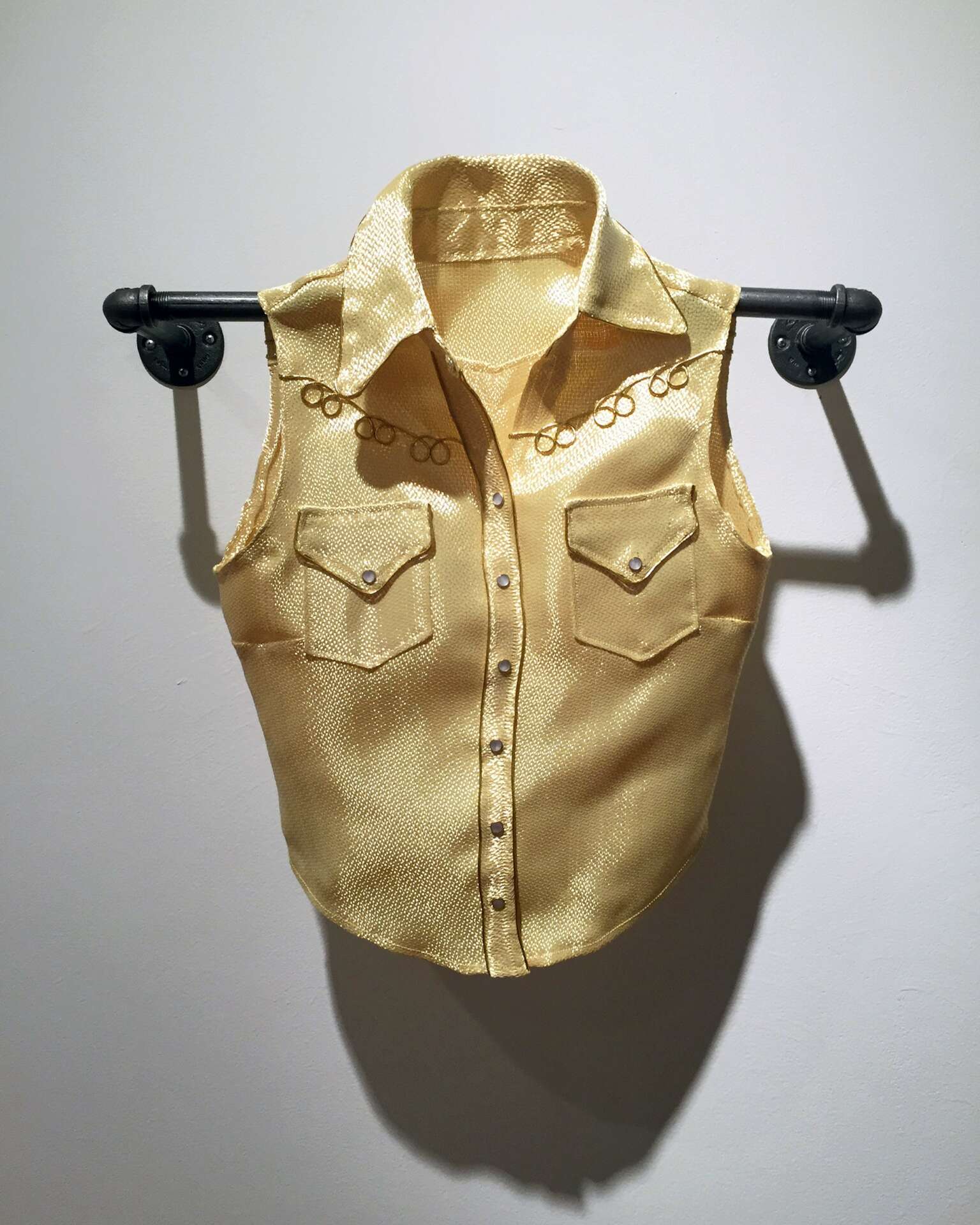
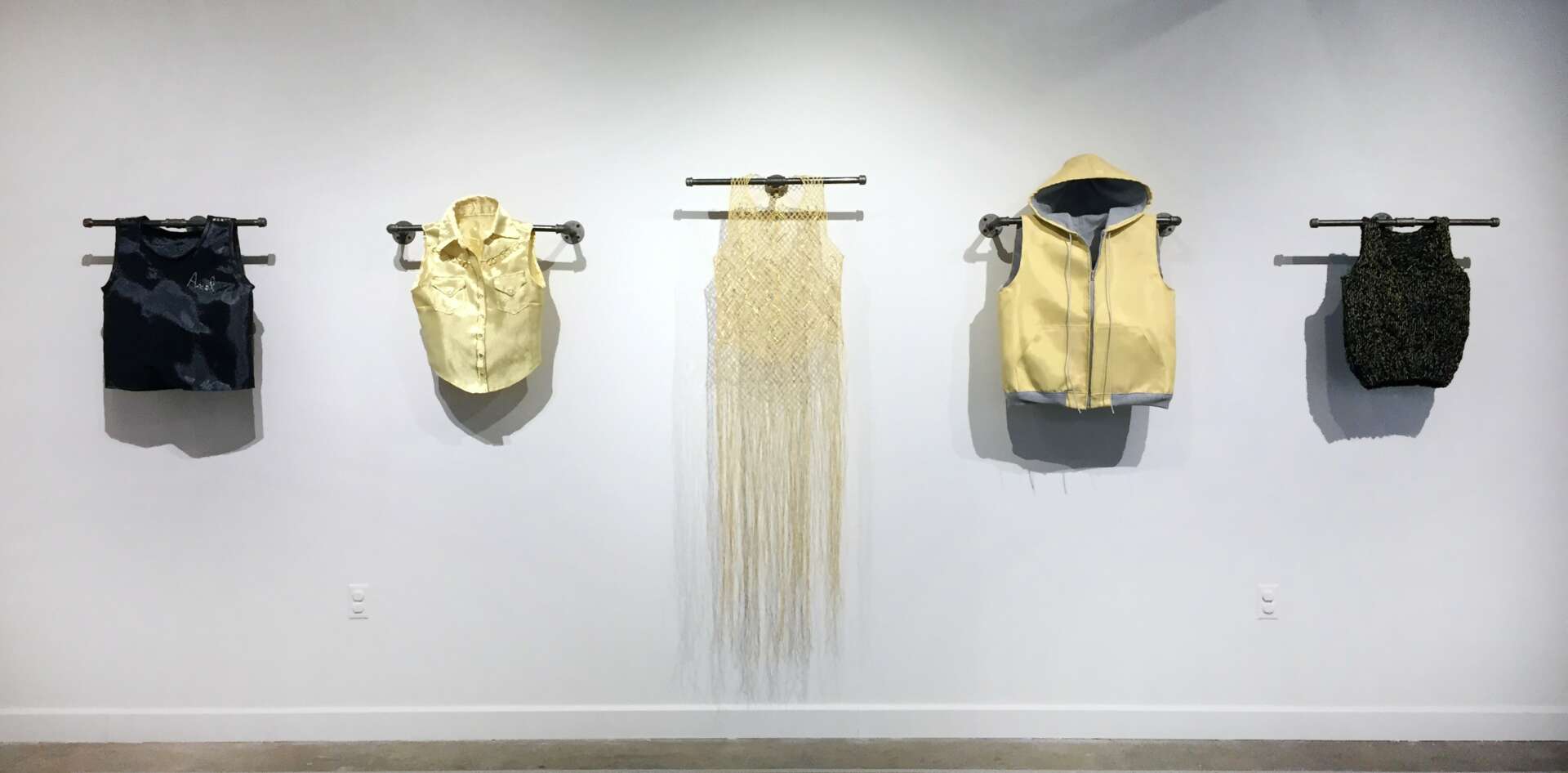
Erika, love having you share your insights with us. Before we ask you more questions, maybe you can take a moment to introduce yourself to our readers who might have missed our earlier conversations?
I am a textile-focused conceptual artist and curator. I studied Sculpture at Rhode Island School of Design and later pursued Fiber in the Craft/Material Studies department at Virginia Commonwealth University. I create conceptual artworks, primarily using textile techniques like sewing and garment construction, weaving, lace-making, and more.
My work in general questions the fragility and resilience of both the human body and our connections to each other. Exploring the potential for textiles to record and preserve, I leverage their historical functions as protective shields, storytelling artifacts, and signifiers of identity, belonging, and value. I use materials and objects that imitate skin, acting as protective yet permeable membranes that can absorb our experiences and bear the scars of our encounters.
With a focus on the paradox of queer safety and visibility, I make textile objects that address the vulnerability and self-preservation negotiated during human interaction. My work questions whom is valued in our contemporary American society and who has the privilege of being both seen and protected. More recently, I have been able to incorporate sewing or weaving workshops for queer youth as part of exhibition programming. This has a become a meaningful and rewarding development for my practice, and I look forward to more opportunities that enable it moving forward.
As Associate Director of Galleries at Chautauqua Institution and a freelance curator, I create exhibitions that blur distinctions between the genres of art, design, and craft, while centering diverse voices and practices. I consider my curatorial practice to be an extension of the research that informs my own studio work, enriching my understanding of topics that interest me through other artists’ voices and unique perspectives. I also enjoy providing platforms for other artists and creating conversations between their work that might not happen otherwise.

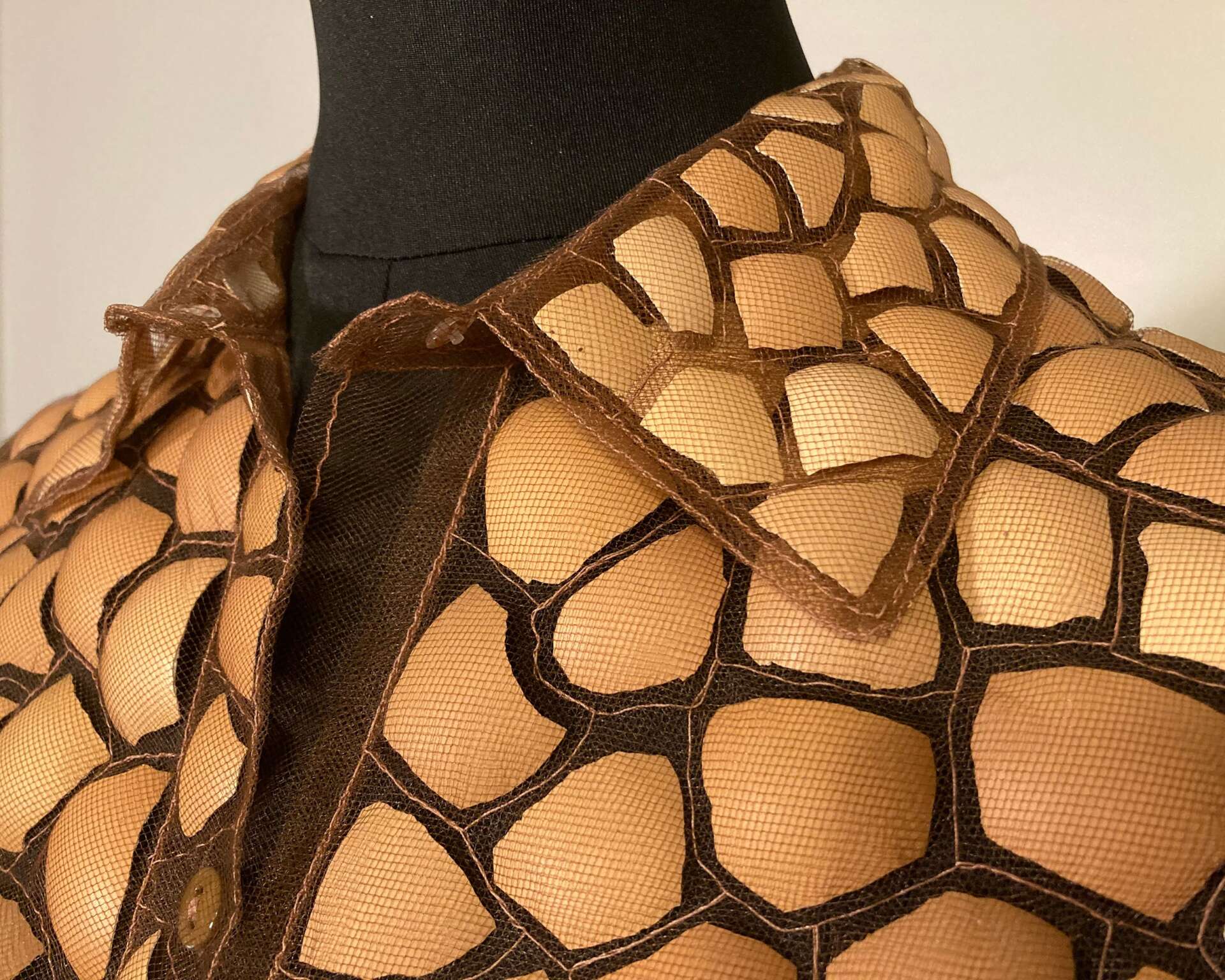
Is there a particular goal or mission driving your creative journey?
I have always believed that art is important. Artists are culture bearers, recording events and helping us collectively process and enjoy the times in which we live. I believe that this work is essential to our human existence. There have certainly been moments during my career when I questioned not pursuing work in other fields (like healthcare or scientific research), but then who would make this work? When I hear how positively my work has positively impacted a viewer, this underscores my purpose. When I make space for queer people to feel seen, I feel I am uplifting my community. When I learn how to use an unconventional material like eggshells or kevlar, I know that I am adding to our collective scientific and emotional knowledge through my own experimentation.
On a personal level, my longest relationship is the one I have with my artistic practice. It has been there for me on the darkest and most difficult days. When times are tough, it gets me out of bed in the morning. It has taught me that relationships are the result of the effort you put into them and the care and respect you mutually enjoy.
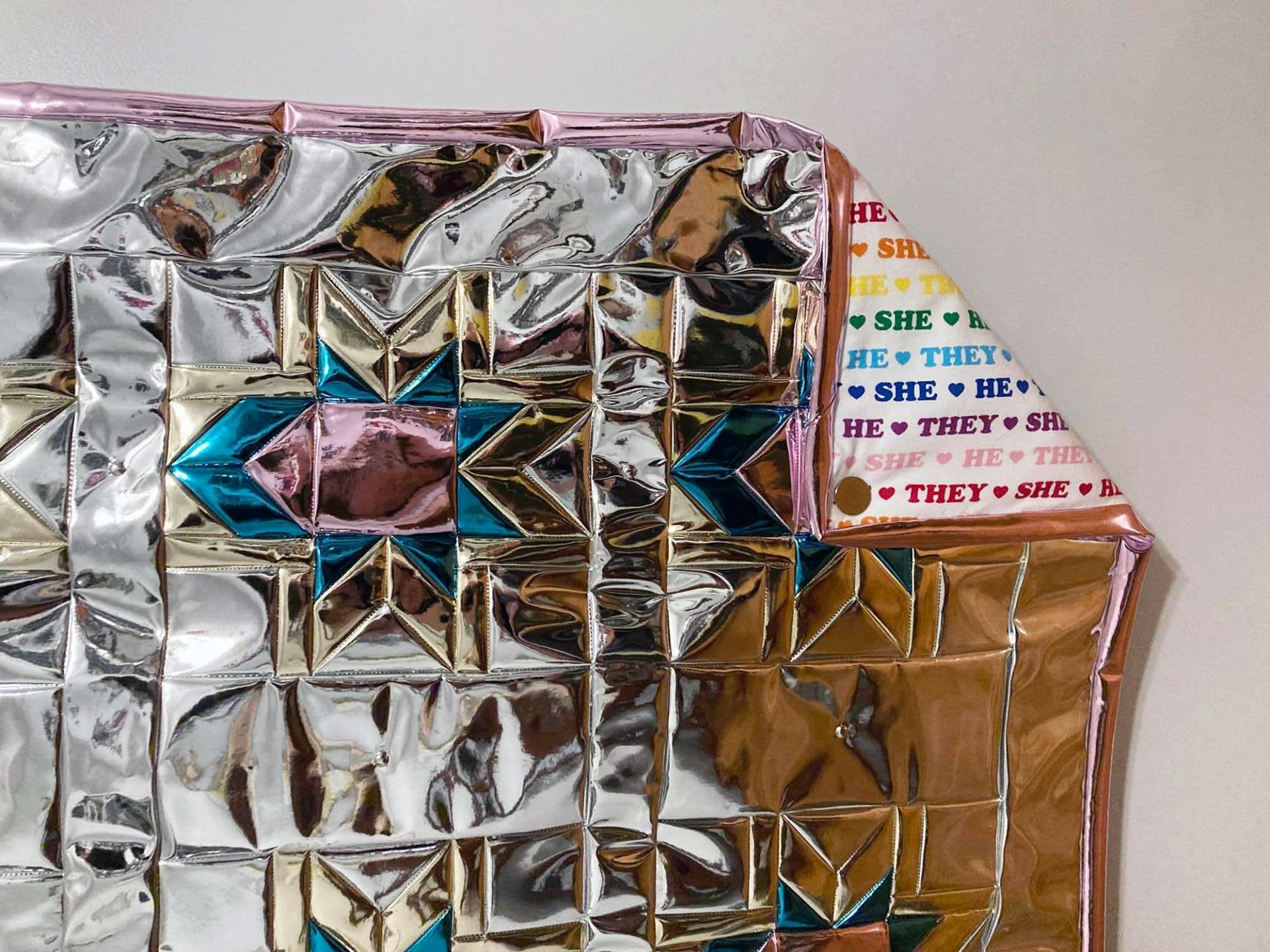
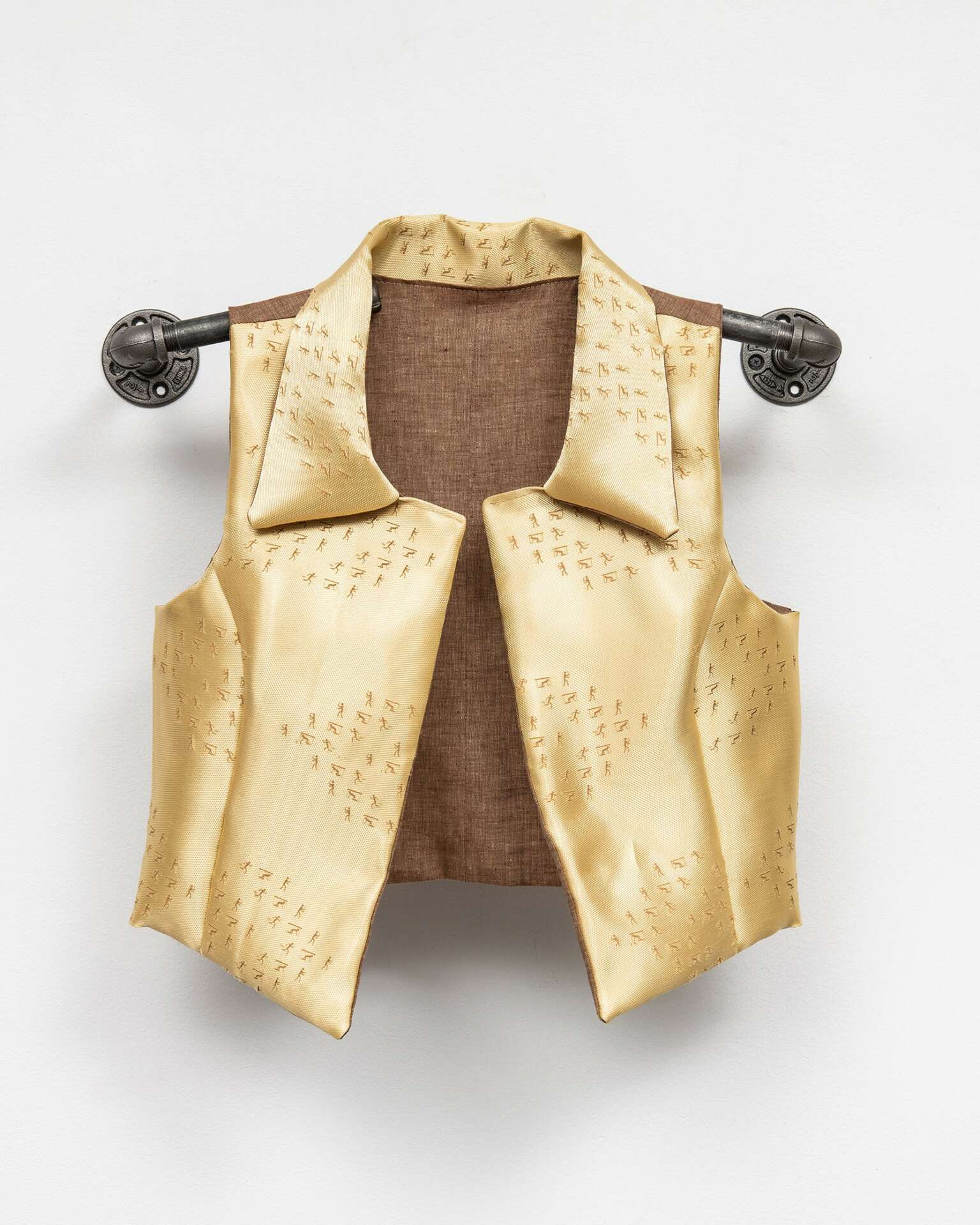
Looking back, are there any resources you wish you knew about earlier in your creative journey?
I think a lot about finding support. I wish I had known earlier about the many types of grants that exist for artists, especially those on a more local level. Local grants tend to provide less funding but in greater quantity, so you are more likely to receive smaller grants that can help fuel a particular project. I think it’s also very important to find your “people”. I was nomadic for about 6 years after I received my MFA, but I sought out the textiles community and looked for places supporting artists with similar interests in each new location. It always led to skill-sharing and mutual support. Being an artist takes a lot more effort than people might realize. Beyond making the work itself, we have to be our own cheerleaders, administrators, shippers, delivery drivers, etc. Finding community can help with all of these extra challenges, most of all offering the encouragement to continue.
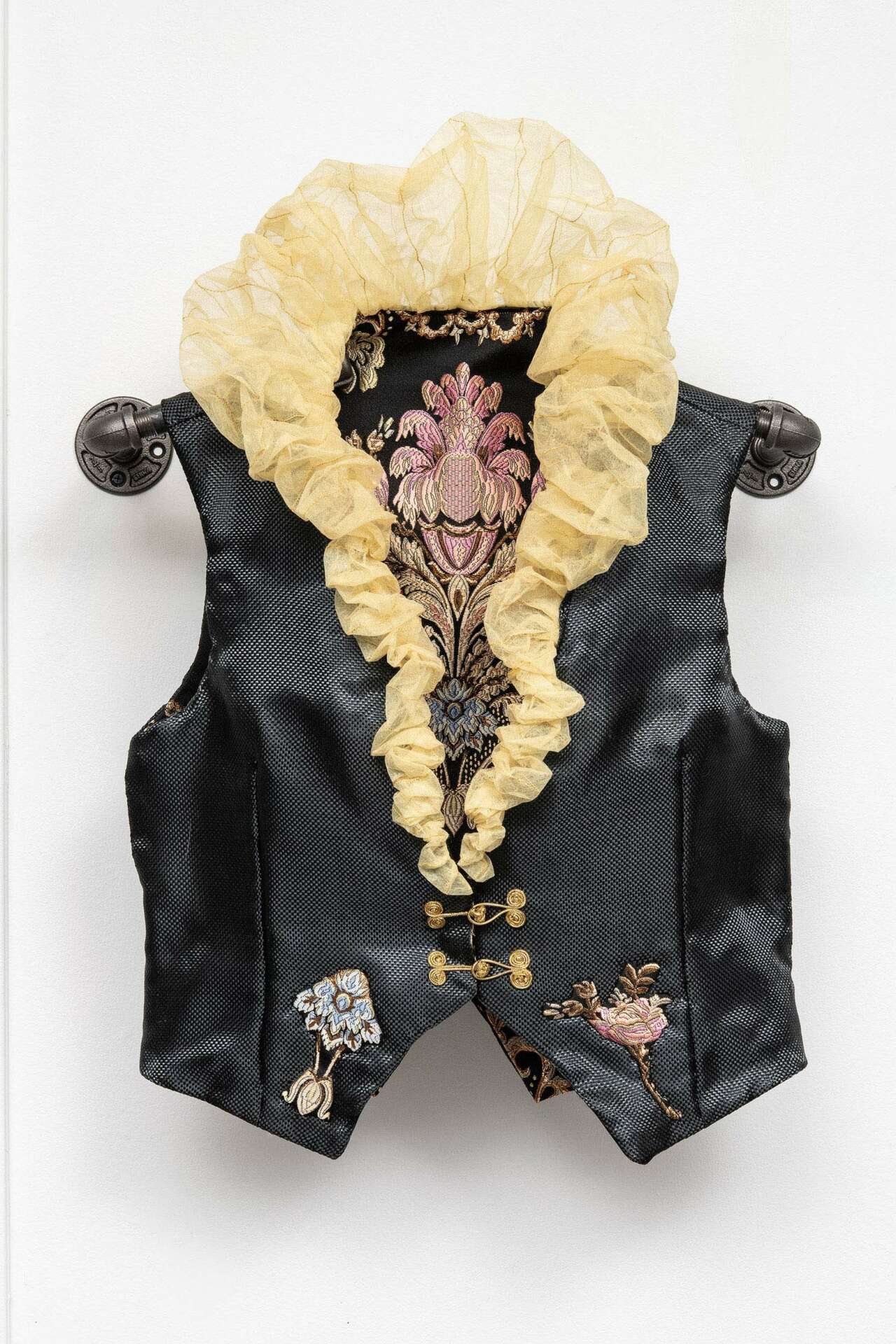
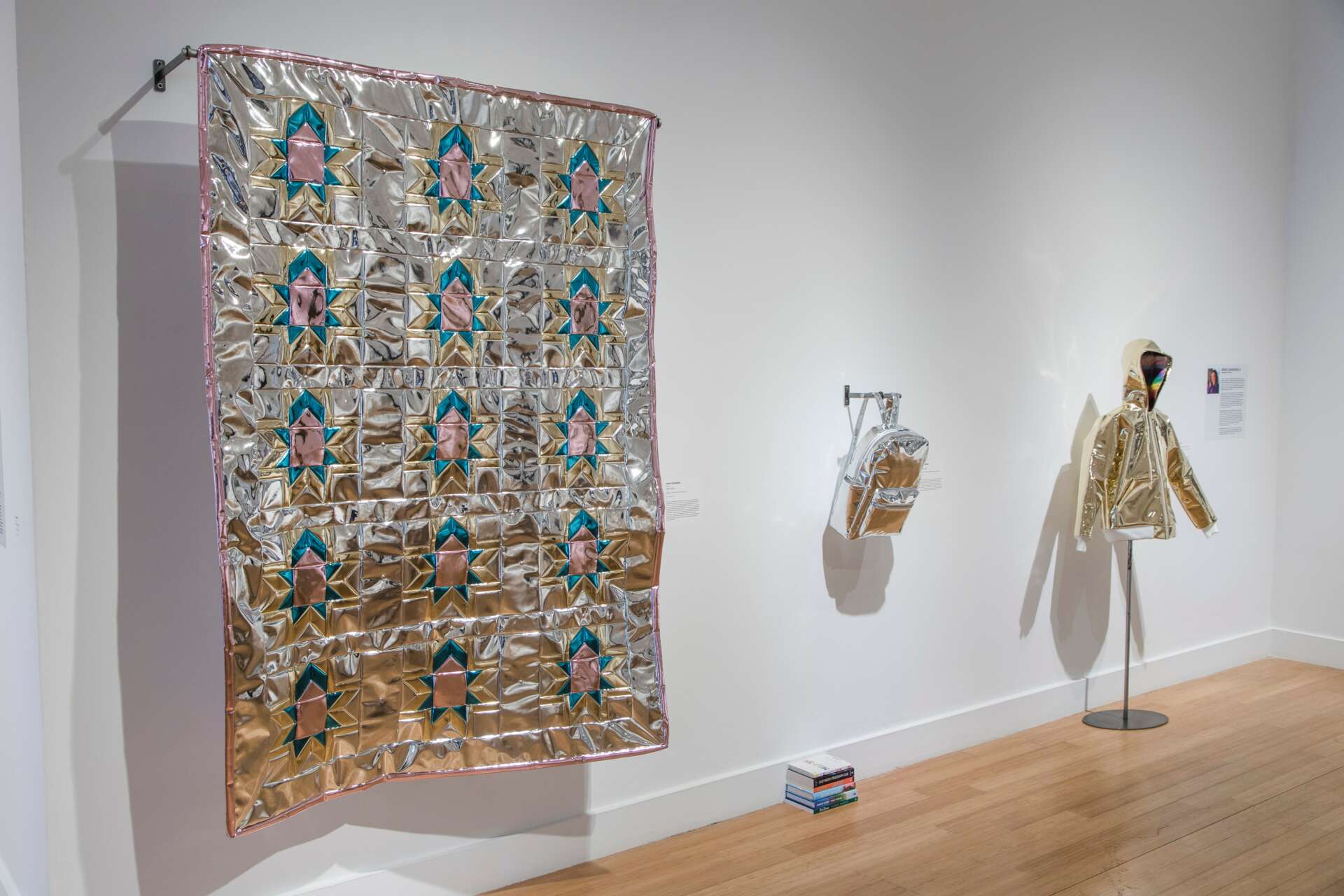
Contact Info:
- Website: www.erikadiamond.com
- Instagram: @diamond_erika
- Facebook: https://www.facebook.com/erika.diamond.79
Image Credits
Zaire Kacz Terry Brown Echard Wheeler Reagan West-Whitman


